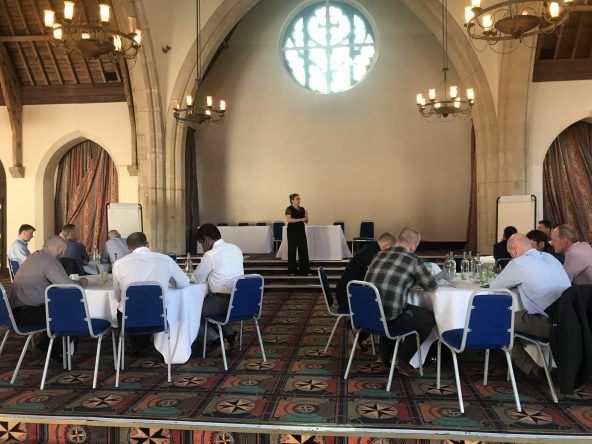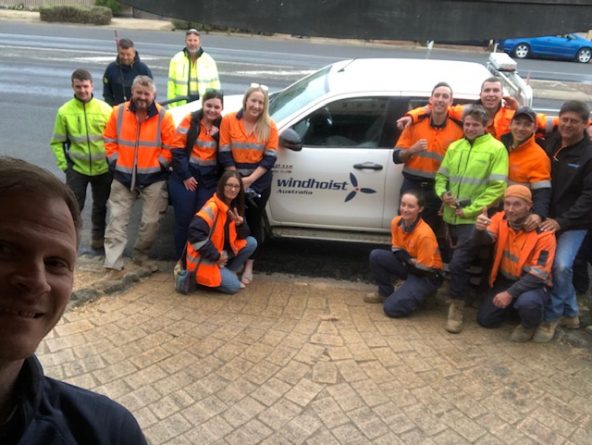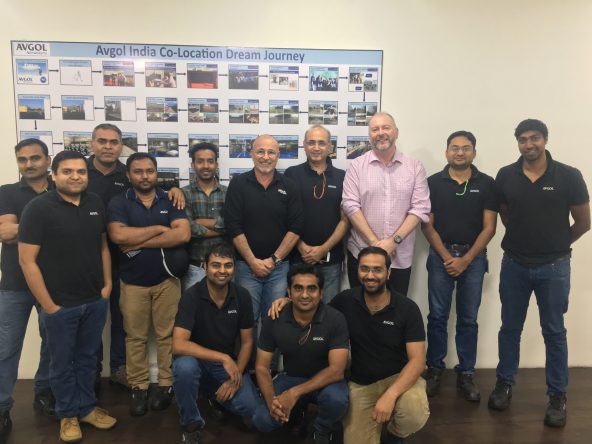News/Blog
Living Case Study – Safety Leadership
Here is Dr Connie Wiskin of ARMS Ltd setting the scene for one of our bespoke living case studies, bringing safety leadership ‘to life’. The management from Severfield plc have found the insight that the ARMS team have brought to this subject of huge value and with the processes already in place throughout the organisation their safety culture goes from strength to strength.

Ashalim power station in Israel goes live!
ARMS Ltd are proud that the Ashalim solar power station in the Negev Desert in Israel has now gone live. It has the tallest solar power tower in the world at 250m, concentrating over 50,000 computer-controlled heliostats and will provide 259 MW of electricity, while the solar tower will provide 121 MW per year.
Alstom renewables’/GE’s commitment to safety during the construction phase was first class and we were proud to work with the site during this period. Well done to the whole site construction team from everyone at ARMS Ltd.

Systra

Systra has partnered with ARMS Ltd to conduct a high level safety culture assessment and design a behaviour based improvement programme for the business. With HS2 activity in the Midlands, Systra is determined to maintain world class safety standards during this busy period.
Windhoist Australia – Safe By Choice
Congratulations to everyone at Windhoist Australia who have just completed the “Make The Right Choice” programme. This was Paul Smith of ARMS Ltd’s second visit in recent months and he was really impressed with the progress being made and the enthusiastic approach of the whole team in Australia.

Avgol India progress
Following the safety culture assessment phase conducted in Q4 of 2018 ARMS Ltd returned to Mandideep in March to begin implementing a bespoke behaviour based improvement programme aimed at helping the site move from ‘very good’ to ‘world class’. Initially this involved a series of workshops with the entire Avgol India management team and will ultimately result in a focussed, behaviour based approach that will see the business drive improvement from the top and ensure habit strength safety critical behaviours throughout their operations. We’re proud to have had the opportunity to work with such a determined and energetic team and are looking forward to seeing them succeed.

St Modwen

ARMS Ltd is delighted to begin work on a project with St Modwen to help plan how this exciting business can ensure that as it continues to grow it also grows its’ culture and capabilities in health and safety.
Safety Culture Assessment

ARMS Ltd are pleased to welcome Avgol Nonwovens to our growing customer base. We will be visiting Avgol India in October to begin a thorough assessment of the existing safety culture at the Mandideep factory near Bhopal. This assessment phase will lead to the development of a behaviour based programme to help Avgol India continue its drive for safety excellence.
Amey Highways – Sheffield Contract
 ARMS Ltd have been commissioned to conduct the fourth safety culture assessment within Amey Highways, this time within the Sheffield highways contract. We look forward to working again with this excellent business over the next two months.
ARMS Ltd have been commissioned to conduct the fourth safety culture assessment within Amey Highways, this time within the Sheffield highways contract. We look forward to working again with this excellent business over the next two months.
TE Connectivity join the ‘ARMS Family’!

ARMS Ltd is proud to announce we are now working with TE Connectivity on their safety communications project. We’re looking forward to getting started and helping in the design and launch of their safety communication tool kit across the business,
England make the Semi Finals!
And ARMS Ltd senior consultant David Harwood was celebrating the result against Sweden in Wuxi, China where he continues to deliver our programme of safety training for Buhler Grains.
